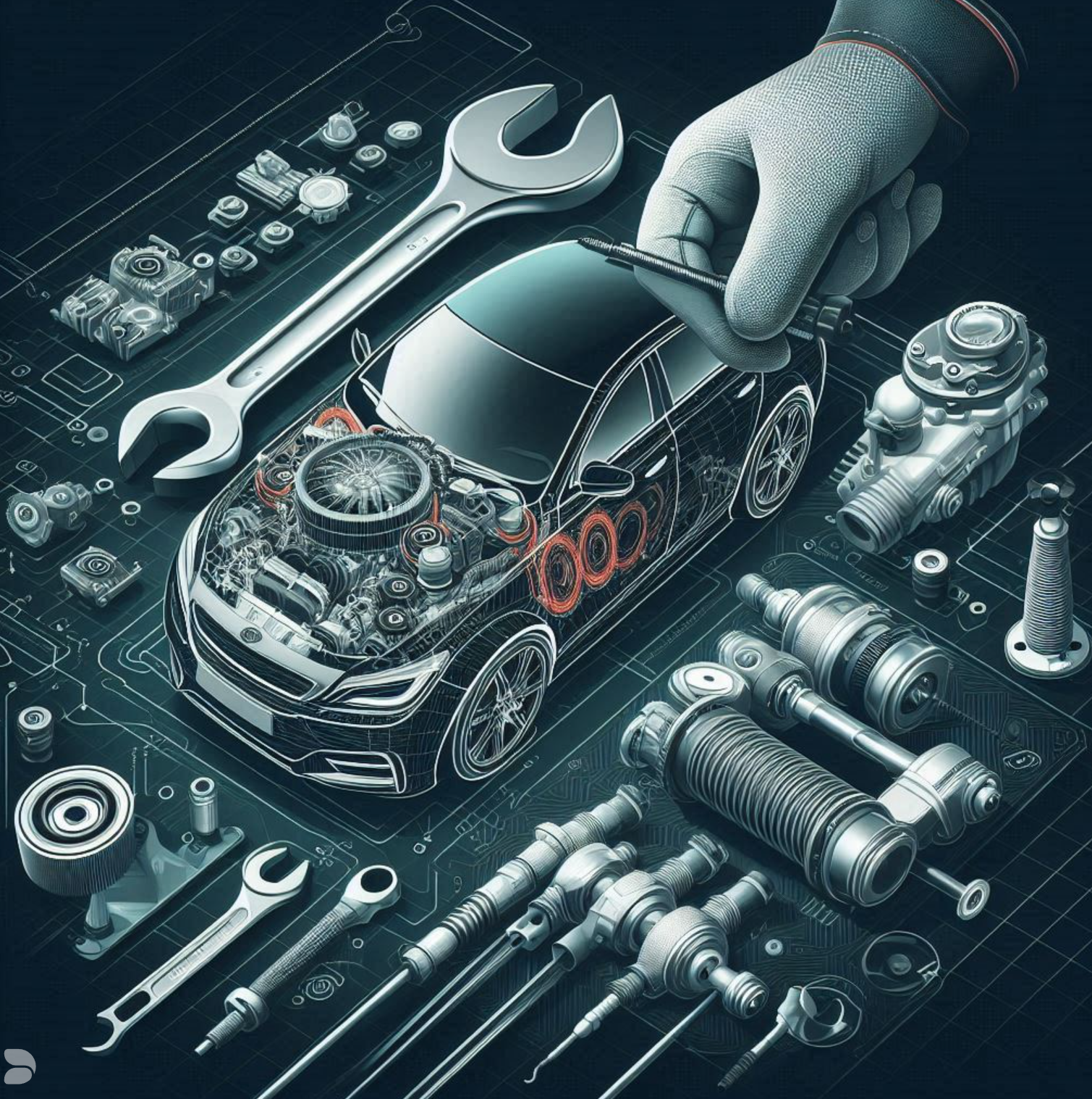The P0340 code relates to a malfunction in the Camshaft Position Sensor Circuit, which plays a vital role in engine timing. When this code appears, the vehicle’s engine control module (ECM) is not receiving a proper signal from the camshaft position sensor, leading to engine performance issues.
What Does Code P0340 Mean?
P0340 indicates that the ECM has detected an issue with the signal from the camshaft position sensor. This sensor monitors the camshaft’s position, helping the ECM control fuel injection and ignition timing. If the signal is interrupted or absent, it can affect engine timing and trigger this code.
P0340 on Some Ford Vehicles
In Ford vehicles, such as the F-150 or Mustang, a P0340 code often points to camshaft position sensor failure or related electrical issues. Ford engines rely heavily on accurate sensor data to regulate timing, so a faulty sensor can cause a range of performance problems.
What are the Possible Causes of the P0340 Code?
Several factors can lead to the P0340 code, including:
- Faulty Camshaft Position Sensor: The most common cause is a malfunctioning sensor that is no longer transmitting signals to the ECM.
- Wiring Issues: Frayed, loose, or damaged wiring in the sensor circuit can disrupt communication.
- Faulty Crankshaft Position Sensor: In some cases, a malfunctioning crankshaft sensor can trigger a P0340 code.
- Faulty Powertrain Control Module (PCM): A rare cause could be a faulty PCM, which misinterprets the sensor’s signal.
What are the Common Symptoms of the P0340 Code?
If your vehicle has a P0340 code, you may experience the following symptoms:
- Engine Misfires: The engine may misfire due to incorrect timing.
- Hard Starting: Starting the engine can become difficult or impossible.
- Check Engine Light: The check engine light will illuminate on your dashboard.
- Rough Idling: The engine may run roughly while idling.
- Poor Fuel Economy: A lack of proper timing can result in poor fuel efficiency.
How to Diagnose the P0340 Code
To diagnose the P0340 code, follow these steps:
- Use an OBD-II Scanner: Confirm the presence of the P0340 code and check for related codes.
- Inspect Wiring: Visually inspect the camshaft position sensor’s wiring for any signs of wear, fraying, or loose connections.
- Test the Sensor: Use a multimeter to check the electrical resistance of the camshaft position sensor.
- Inspect the Crankshaft Sensor: Since crankshaft sensor issues can trigger a P0340 code, check the crankshaft sensor for faults.
- Check the PCM: If all components seem fine, consider testing or updating the powertrain control module (PCM).
How to Fix the P0340 Code
Replace the Camshaft or Crankshaft Position Sensor
If the camshaft or crankshaft position sensor is faulty, replacing it is the most straightforward solution. Ensure that all wiring and connectors are secure and undamaged after replacement.
Update the PCM
In some cases, the powertrain control module may need a software update or replacement. An outdated or malfunctioning PCM can misinterpret sensor data, leading to the P0340 code.
In conclusion, the P0340 code signals issues with the camshaft position sensor or related components, affecting engine timing and performance. Prompt diagnosis and repair are essential to ensure optimal engine function and prevent further damage.
